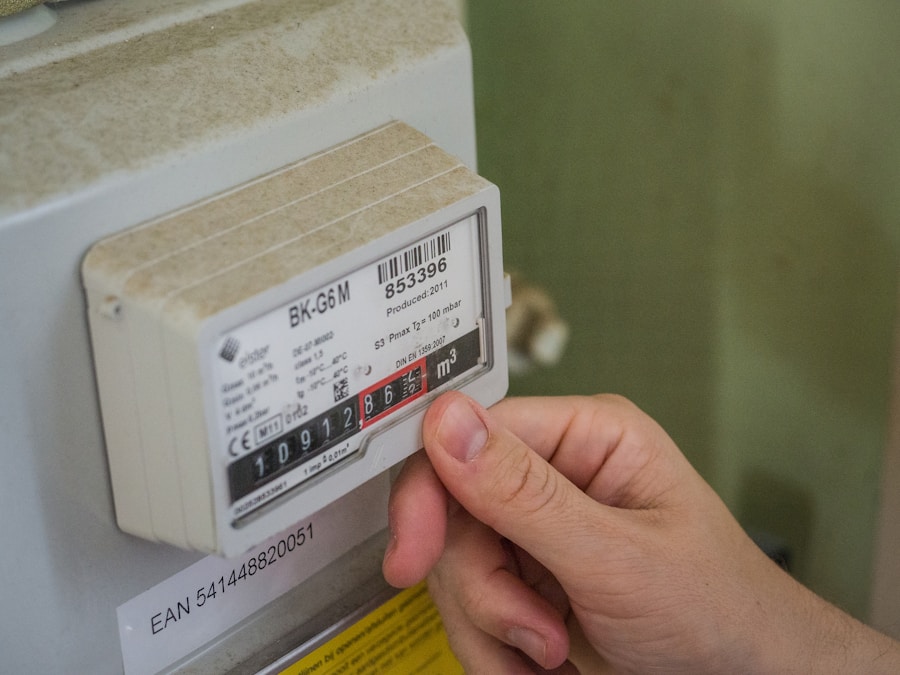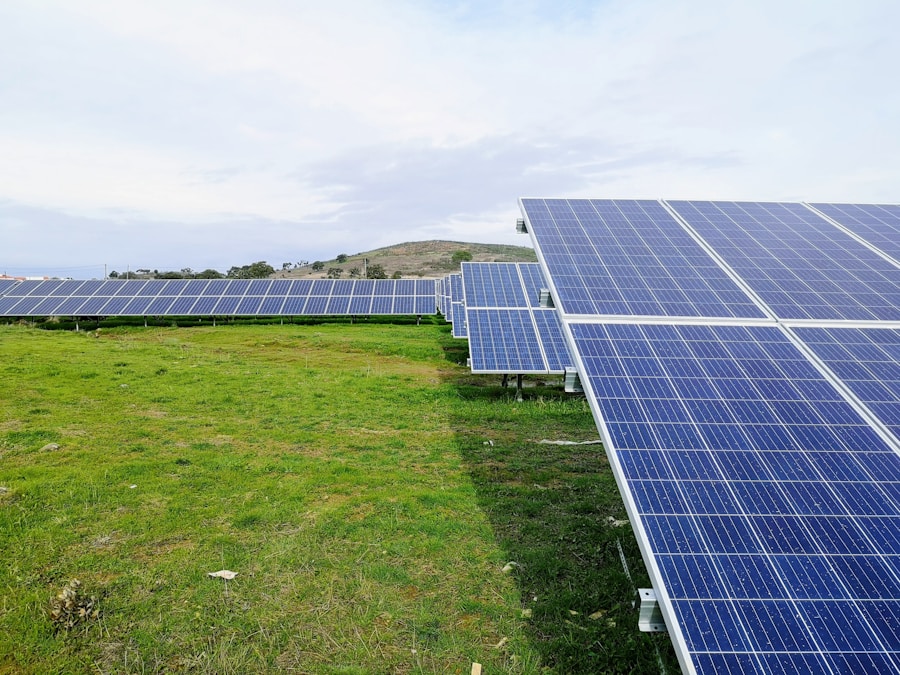Understanding your carbon footprint is the first step towards making a positive impact on the environment. Your carbon footprint is the total amount of greenhouse gases, particularly carbon dioxide, that are emitted as a result of your activities and lifestyle choices. This includes the energy you use at home, the fuel you use for transportation, and the products you consume. By calculating your carbon footprint, you can gain a better understanding of the impact your daily actions have on the environment. This awareness can then empower you to make changes that reduce your carbon footprint and lessen your impact on the planet.
Calculating your carbon footprint can be done through online calculators that take into account various factors such as your energy usage, transportation habits, and waste production. By inputting data such as your electricity and gas usage, the type of vehicle you drive, and the amount of waste you produce, these calculators can provide an estimate of your carbon footprint. Once you have a clear understanding of your carbon footprint, you can begin to identify areas where you can make changes to reduce it. This might involve using energy more efficiently, choosing greener transportation options, or making more sustainable consumer choices.
The Impact of Energy Savings on the Environment
The impact of energy savings on the environment cannot be overstated. By reducing our energy consumption, we can significantly decrease the amount of greenhouse gases that are released into the atmosphere. This, in turn, helps to mitigate climate change and its associated environmental impacts. Energy savings also reduce the demand for fossil fuels, which are a major source of air and water pollution. By using less energy, we can help to protect natural habitats and wildlife, as well as safeguarding our own health and wellbeing.
In addition to reducing greenhouse gas emissions, energy savings can also help to conserve natural resources such as water and land. Many forms of energy production require significant amounts of water and land, which can have detrimental effects on ecosystems and biodiversity. By using energy more efficiently and investing in renewable energy sources, we can lessen our reliance on these resources and minimise the environmental damage caused by their extraction and use. Ultimately, the impact of energy savings on the environment is far-reaching and has the potential to create a more sustainable and resilient planet for future generations.
Practical Tips for Minimising Energy Consumption
There are many practical tips for minimising energy consumption that can be easily implemented in our daily lives. One of the most effective ways to reduce energy usage is by improving the efficiency of our homes. This can be achieved through simple measures such as insulating walls and roofs, installing double-glazed windows, and using energy-efficient appliances. By reducing heat loss and using less energy for heating and cooling, we can significantly lower our energy consumption and carbon footprint.
Another practical tip for minimising energy consumption is to be mindful of our transportation habits. Choosing to walk, cycle, or use public transport instead of driving can greatly reduce our carbon emissions. If driving is necessary, carpooling or using fuel-efficient vehicles can also make a positive impact. Additionally, adopting eco-friendly habits such as turning off lights and appliances when not in use, using energy-saving light bulbs, and unplugging electronics can further reduce our energy consumption. By making these small changes in our daily lives, we can collectively make a significant difference in reducing our environmental impact.
The Financial Benefits of Energy Savings
In addition to the environmental benefits, there are also significant financial benefits to be gained from energy savings. One of the most obvious financial benefits is the reduction in energy bills that comes from using less electricity, gas, and fuel. By improving the efficiency of our homes and making conscious choices about our energy usage, we can save money on our utility bills each month. Over time, these savings can add up to a substantial amount, providing us with more disposable income to spend on other priorities.
Furthermore, investing in energy-efficient technologies and renewable energy sources can also lead to long-term financial gains. For example, installing solar panels or a heat pump can generate clean energy for your home and potentially even earn you money through government incentives such as feed-in tariffs. Similarly, upgrading to energy-efficient appliances and lighting can result in lower maintenance and replacement costs over time. By making smart investments in energy efficiency, we can not only save money but also increase the value of our homes and businesses.
The Role of Renewable Energy Sources
Renewable energy sources play a crucial role in reducing our reliance on fossil fuels and mitigating climate change. Unlike fossil fuels, which are finite resources that produce harmful emissions when burned, renewable energy sources such as solar, wind, and hydroelectric power are clean and sustainable. By harnessing these natural resources to generate electricity, we can significantly reduce our carbon emissions and environmental impact.
Solar power is one of the most widely accessible renewable energy sources, with the potential to provide clean electricity for homes, businesses, and communities. By installing solar panels on rooftops or in open spaces, we can capture the sun’s energy and convert it into electricity without producing any greenhouse gas emissions. Similarly, wind power uses turbines to harness the kinetic energy of the wind and convert it into electricity. This form of renewable energy has the potential to power entire cities and regions with minimal environmental impact.
Government Incentives for Energy Efficiency
Governments around the world are recognising the importance of promoting energy efficiency and renewable energy sources through various incentives and policies. In many countries, homeowners and businesses can benefit from financial incentives such as grants, rebates, and tax credits for investing in energy-saving technologies and renewable energy systems. These incentives not only help to offset the initial costs of installation but also provide ongoing financial support for generating clean energy.
Feed-in tariffs are another common government incentive for renewable energy systems, particularly for solar power. These tariffs allow homeowners and businesses to sell excess electricity generated by their solar panels back to the grid at a premium rate. This not only provides a financial return on investment but also encourages greater adoption of solar power and other renewable energy sources. Additionally, governments may offer low-interest loans or financing options for energy efficiency upgrades, making it more accessible for individuals and businesses to invest in sustainable technologies.
Taking Action for a Greener Future
Taking action for a greener future involves making conscious choices about our energy usage and advocating for policies that support sustainability. As individuals, we can play a significant role in reducing our carbon footprint by adopting energy-saving practices in our homes and communities. This might involve investing in renewable energy systems, using public transportation or carpooling, supporting local initiatives for clean energy, and advocating for policies that promote sustainability.
On a larger scale, businesses and organisations can also take action for a greener future by implementing energy-efficient practices and investing in renewable energy technologies. By prioritising sustainability in their operations and supply chains, businesses can reduce their environmental impact while also benefiting from cost savings and improved brand reputation. Additionally, advocating for policies that support clean energy and carbon reduction at local, national, and international levels is crucial for creating a greener future for all.
In conclusion, understanding our carbon footprint and taking steps to minimise our energy consumption are essential for protecting the environment and creating a sustainable future. By making conscious choices about our energy usage, investing in renewable energy sources, and advocating for policies that support sustainability, we can all contribute to a greener planet for generations to come. The financial benefits of energy savings further incentivise us to make these changes, while government incentives provide support for transitioning towards cleaner and more efficient energy systems. It is up to each of us to take action for a greener future and make a positive impact on the environment.










